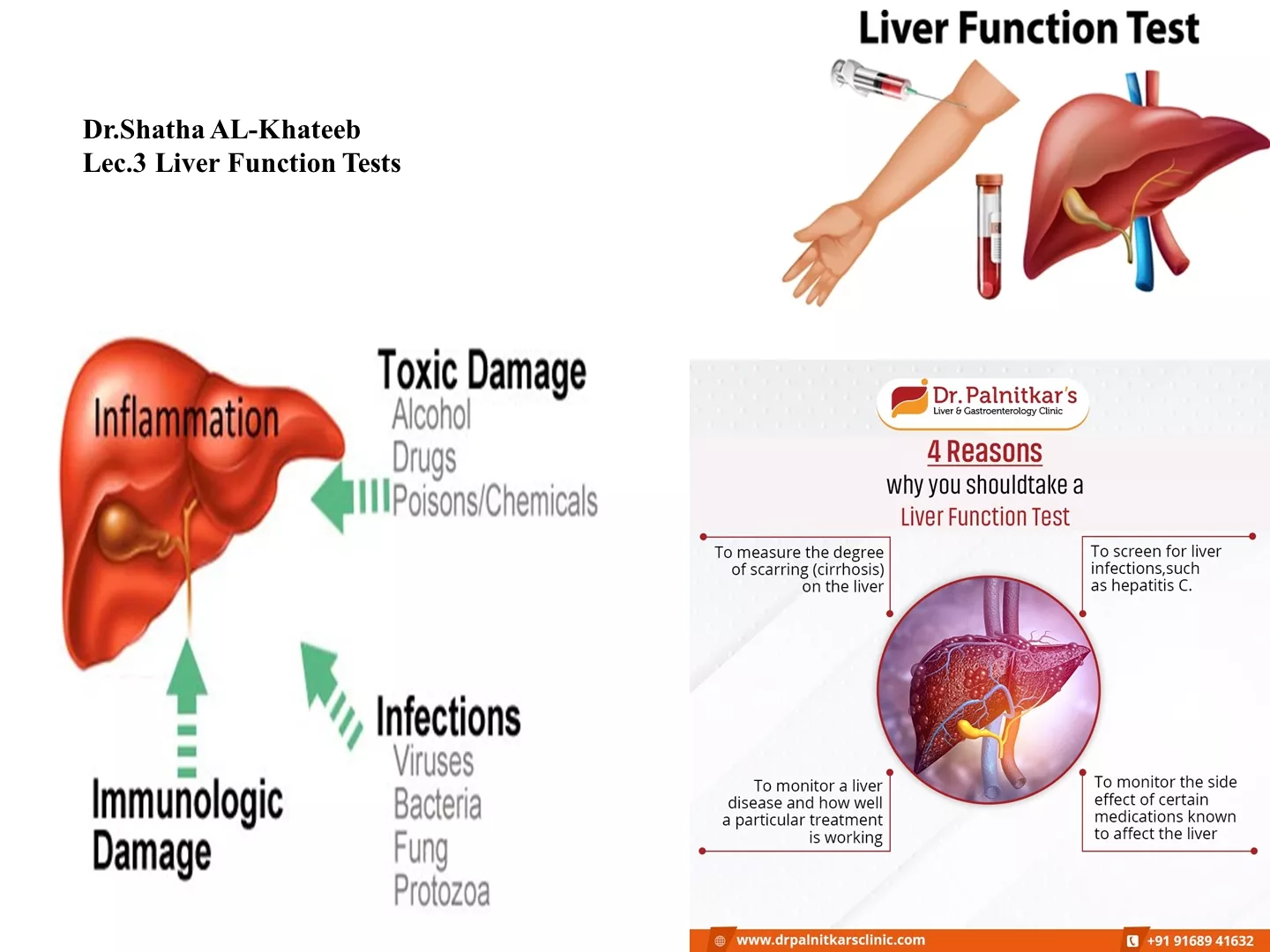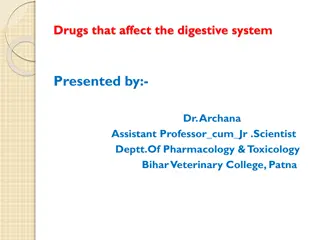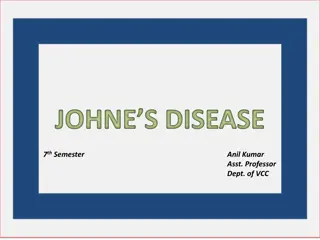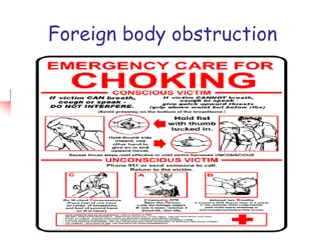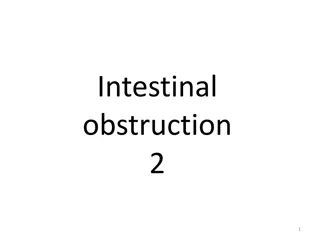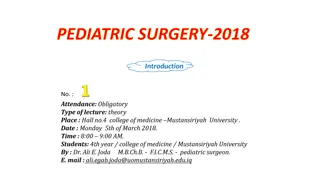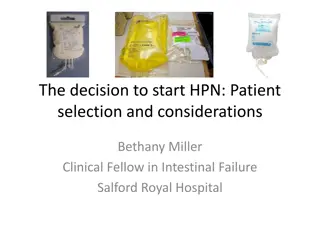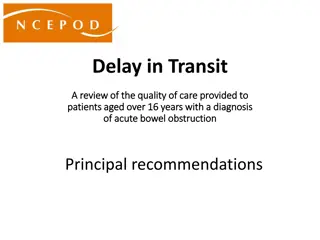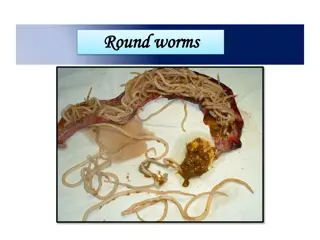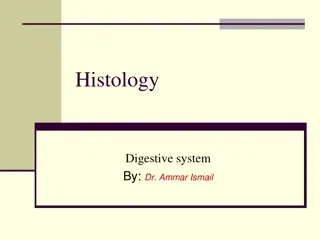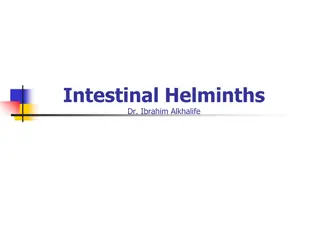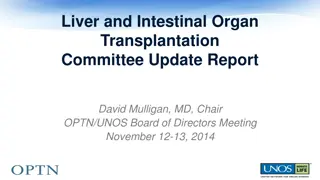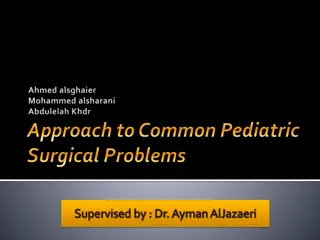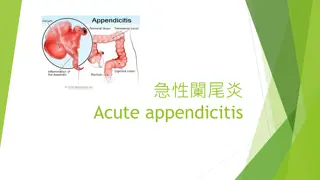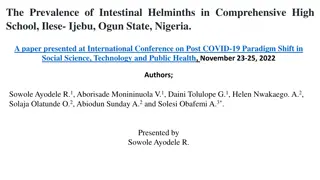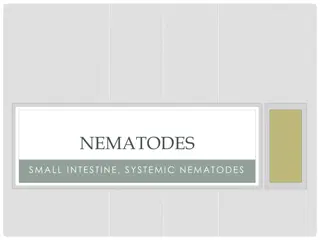
Intestinal Obstruction: Causes, Symptoms, and Treatment
Intestinal obstruction is a blockage that prevents the passage of food or liquid through the small or large intestine. This condition can arise from various causes such as adhesions, hernias, colon cancer, or inflammatory bowel diseases. Recognizing the symptoms and seeking timely diagnosis and treatment are crucial in managing intestinal obstruction effectively to prevent complications. Learn more about this condition and its implications on your digestive health.
Download Presentation

Please find below an Image/Link to download the presentation.
The content on the website is provided AS IS for your information and personal use only. It may not be sold, licensed, or shared on other websites without obtaining consent from the author. If you encounter any issues during the download, it is possible that the publisher has removed the file from their server.
You are allowed to download the files provided on this website for personal or commercial use, subject to the condition that they are used lawfully. All files are the property of their respective owners.
The content on the website is provided AS IS for your information and personal use only. It may not be sold, licensed, or shared on other websites without obtaining consent from the author.
E N D
Presentation Transcript
StudyMafia.Org Intestinal Obstruction Submitted Submitted To: Studymafia.org Studymafia.org To: Submitted Submitted By: By: Studymafia.org Studymafia.org
Table Contents Definition Introduction Symptoms of Intestinal Obstruction Causes of Intestinal Obstruction Risk-Factors of Intestinal Obstruction Complications of Intestinal Obstruction Diagnosis of Intestinal Obstruction Treatment of Intestinal Obstruction Conclusion 2
Definition Intestinal obstruction is a blockage that keeps food or liquid from passing through your small intestine or large intestine (colon) 3
Introduction Causes of intestinal obstruction may include fibrous bands of tissue (adhesions) in the abdomen that form after surgery; hernias; colon cancer; certain medications; or strictures from an inflamed intestine caused by certain conditions, such as Crohn's disease or diverticulitis. Without treatment, the blocked parts of the intestine can die, leading to serious problems. 4
Causes of Intestinal Obstruction The most common causes of intestinal obstruction in adults are: Intestinal adhesions bands of fibrous tissue in the abdominal cavity that can form after abdominal or pelvic surgery Hernias portions of intestine that protrude into another part of your body Colon cancer 6
Causes of Intestinal Obstruction Other possible causes of intestinal obstruction include: Inflammatory bowel diseases, such as Crohn's disease Diverticulitis a condition in which small, bulging pouches (diverticula) in the digestive tract become inflamed or infected Twisting of the colon (volvulus) Impacted feces 7
Risk factors of Intestinal Obstruction Abdominal or pelvic surgery, which often causes adhesions a common intestinal obstruction Crohn's disease, which can cause the intestine's walls to thicken, narrowing the passageway Cancer in your abdomen 8
Complicationsof Intestinal Obstruction Tissue death. Intestinal obstruction can cut off the blood supply to part of your intestine. Lack of blood causes the intestinal wall to die. Tissue death can result in a tear (perforation) in the intestinal wall, which can lead to infection. 9
Complicationsof Intestinal Obstruction Infection. Peritonitis is the medical term for infection in the abdominal cavity. It's a life- threatening condition that requires immediate medical and often surgical attention. 10
Diagnosis of Intestinal Obstruction Physical exam. Your doctor will ask about your medical history and your symptoms. He or she will also do a physical exam to assess your situation. X-ray. To confirm a diagnosis of intestinal obstruction, your doctor may recommend an abdominal X-ray. However, some intestinal obstructions can't be seen using standard X-rays. 11
Diagnosis of Intestinal Obstruction Computerized tomography (CT). A CT scan combines a series of X-ray images taken from different angles to produce cross-sectional images. Ultrasound. When an intestinal obstruction occurs in children, ultrasound is often the preferred type of imaging. Air or barium enema. An air or barium enema allows for enhanced imaging of the colon. This may be done for certain suspected causes of obstruction. 12
Treatment of Intestinal Obstruction This process may include: Placing an intravenous (IV) line into a vein in your arm so that fluids can be given Putting a tube through your nose and into your stomach (nasogastric tube)to suck out air and fluid and relieve abdominal swelling Placing a thin, flexible tube (catheter) into your bladder to drain urine and collect it for testing 13
Treatment of Intestinal Obstruction If you have an obstruction in which some food and fluid can still get through (partial obstruction), you may not need further treatment after you've been stabilized. Your doctor may recommend a special low-fiber diet that is easier for your partially blocked intestine to process. If the obstruction does not clear on its own, you may need surgery to relieve the obstruction. 14
Conclusion Intestinal obstruction still remains a common and important surgical emergency. Obstruction due to adhesions is increasing in incidence due to increased abdominal & pelvic surgeries. 16
REFERENCES Google.com Wikipedia.org Studymafia.org Slidespanda.com
THANKS THANKS TO TO STUDYMAFIA STUDYMAFIA.ORG .ORG

